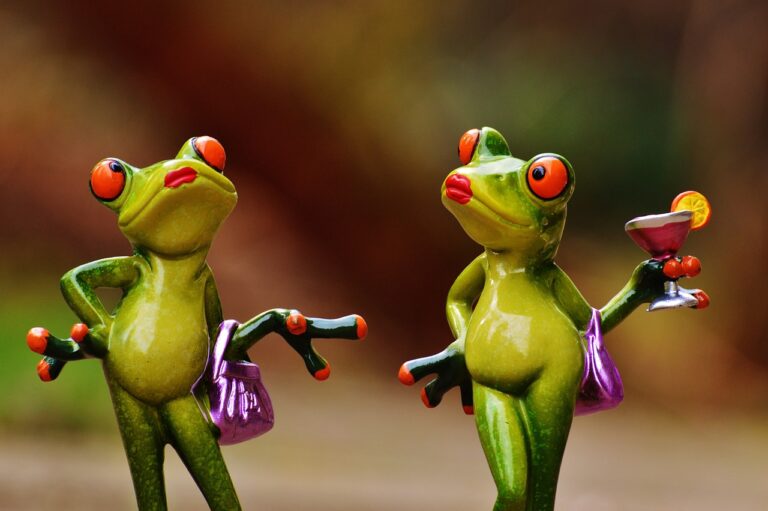The Art of Book Translation: Challenges and Strategies for Global Publishing Success: 11xplay reddy login registration, Gold365 login, Skyfairs new id
11xplay reddy login registration, gold365 login, Skyfairs New ID: The art of book translation is a crucial aspect of global publishing success. As more and more authors aim to reach a wider audience around the world, the need for high-quality translations has never been greater. However, translating a book is not without its challenges. In this article, we will explore the main obstacles faced in book translation and the strategies that can be employed to overcome them.
Understanding the Cultural Context
One of the biggest challenges in book translation is maintaining the cultural context of the original work. Every language has its nuances and cultural references that do not always have direct equivalents in another language. Translators must navigate these differences carefully to ensure that the essence of the book is not lost in translation.
Choosing the Right Translator
Selecting the right translator is essential for the success of a translated book. Translators must be not only fluent in both languages but also possess a deep understanding of the subject matter and cultural nuances of the book. A skilled translator can capture the voice and style of the original author while taking into account the target audience.
Maintaining the Author’s Voice
Preserving the author’s unique voice is another challenge in book translation. Each writer has a distinct style that can be difficult to replicate in another language. Translators must strive to capture the essence of the author’s voice while adapting it to the new linguistic and cultural context.
Navigating Linguistic Differences
Languages vary greatly in their structure, grammar, and vocabulary. Translators must find creative solutions to convey the meaning of the original text accurately while still making it readable and engaging in the target language. This often involves making choices about word choice, sentence structure, and cultural references.
Editing and Proofreading
Editing and proofreading are essential steps in the translation process to ensure accuracy and coherence. Translated books must undergo rigorous review by qualified editors to catch any errors or inconsistencies in the text. Attention to detail is critical to maintaining the quality of the translated work.
Marketing and Promotion
Once a book is translated, it is crucial to market and promote it effectively to reach the desired audience. Publishers must invest time and resources in promoting translated books through targeted marketing campaigns, book tours, and other promotional activities. Building relationships with foreign publishers and distributors can also help increase the visibility of translated works.
In conclusion, the art of book translation is a complex and challenging process that requires skill, expertise, and careful attention to detail. By understanding the cultural context, choosing the right translator, maintaining the author’s voice, navigating linguistic differences, editing and proofreading diligently, and effectively marketing and promoting translated works, publishers can increase their chances of global publishing success.
—
FAQs:
Q: How long does it take to translate a book?
A: The time it takes to translate a book can vary depending on the length and complexity of the text, as well as the availability of the translator. On average, it can take several months to a year to complete a book translation.
Q: How can I find a reputable translator for my book?
A: You can find reputable translators through professional networks, translation agencies, literary organizations, and online platforms. It is essential to research the translator’s credentials, experience, and portfolio to ensure they are the right fit for your project.







